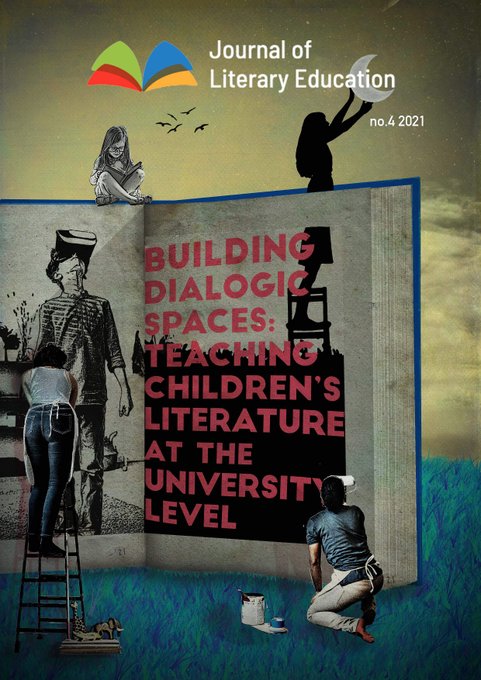Teaching Picturebooks in First Year Literature Courses
DOI:
https://doi.org/10.7203/JLE.4.21025 Abstract
Abstract
In many universities, first year literature courses are required for students in a wide variety of programs, including arts and sciences. These courses are generally focused on teaching transferable skills and strategies, such as critical analysis, essay writing, and research. This article argues that picturebooks are an exceptional teaching tool for these broadly focused first-year courses, because they quickly engage students as learners, encourage participation, and open students to new approaches of critically reading texts while challenging their assumptions and personal biases about children’s literature. Examples of picturebooks, secondary sources, class discussion, and group work activities used in first year literature courses are shared, along with students’ responses to these approaches. The article ends with an explanation of a short, low-stakes assignment that instructors can assign students to help build essential skills with picturebooks, and exercises to do around picturebooks to work on critical thinking skills. Picturebooks are often perceived as being simple and only for children, but many picturebooks are layered texts that make great teaching tools for any literature course.
 Downloads
Downloads
Downloads
Published
-
Abstract516
-
PDF258
-
(Español)7
Issue
Section
License
![]()
This work is licensed under a Creative Commons Attribution-NonCommercial-NoDerivatives 4.0 International License.
Authors who publish with this journal agree to the following terms: Authors retain copyright and grant the journal right of first publication with the work simultaneously licensed under a Creative Commons Attribution License that allows others to share the work with an acknowledgement of the work's authorship and initial publication in this journal. Authors are able to enter into separate, additional contractual arrangements for the non-exclusive distribution of the journal's published version of the work (e.g., post it to an institutional repository or publish it in a book), with an acknowledgement of its initial publication in this journal. Authors are permitted and encouraged to post their work online (e.g., in institutional repositories or on their website) prior to and during the submission process, as it can lead to productive exchanges, as well as earlier and greater citation of published work (See The Effect of Open Access).



